A Review of the Chuwi LapBook Air
Over the past few months, different models of laptops ‘inspired’ by the iconic Apple MacBook have been rolled out by several young start-ups and electronics manufacturers. The Chuwi Lapbook Air by the Chinese vendor Chuwi is also a manifestation of this trend. The notebook does not differ much from Apple’s MacBook, at least in terms of looks and design. It is also no coincidence that Chuwi has chosen to add ‘Air’ to the name of its latest offering. If you have ever wished for a MacBook Air that could run Windows, this is perhaps the closest you will get to it.
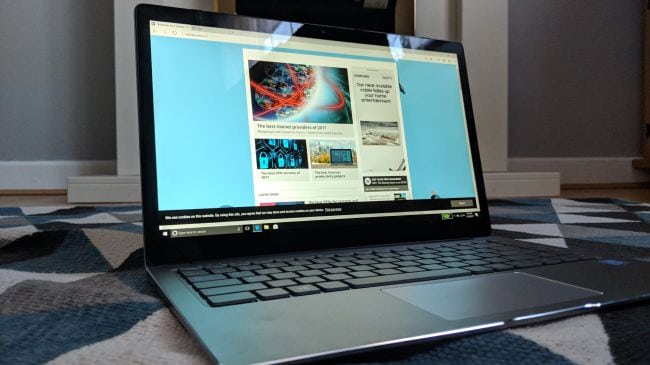
The Chuwi Lapbook Air has definitely got the looks, but does it deliver in terms of specifications and performance? Let’s find out:
The LapBook Air’s Design
Since the Lapbook Air has been built on lines of the MacBook Air, it obviously sports that signature tapered profile, with the thinnest end of its frame measuring just 6mm in thickness. Chuwi has shaken things up a bit by giving it a magnesium-aluminum alloy chassis that gives the LapBook Air a heightened posh appeal. Another impressive feature of this notebook is its sturdy design, with no detectable flex in either the screen or the keyboard. The Chuwi logo on the laptop sports a dimly lit glow, in a striking resemblance to Apple’s line-up of MacBooks.
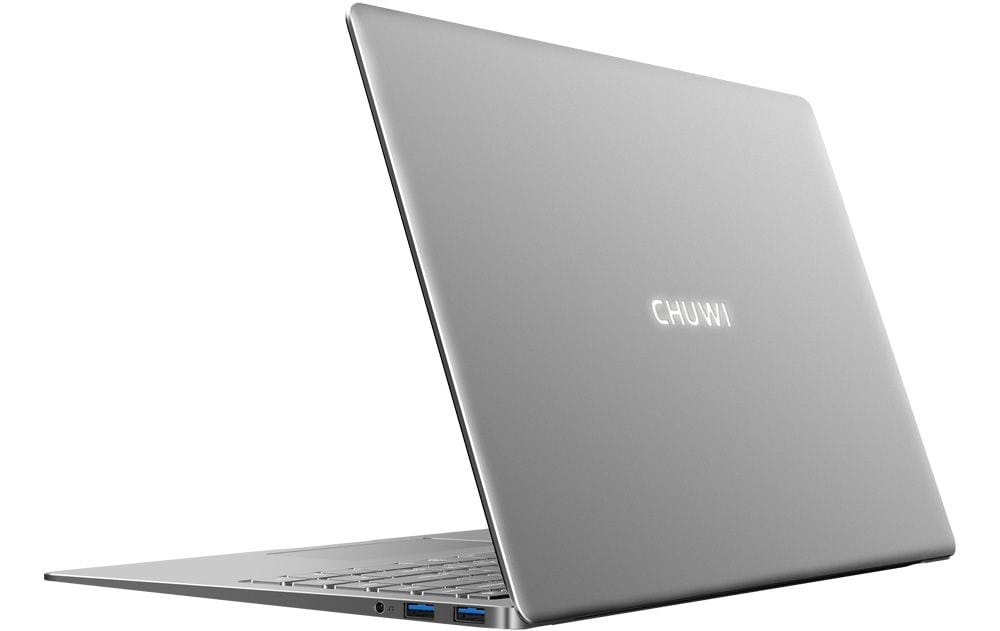
Despite its slender body, the Lapbook Air is a hefty device weighing nearly 1.74kg and measuring 329x220x20.5mm. The Lapbook Air also comes with a small power supply unit – a 24W (12V) model. From the first glance, the Lapbook Air comes across as a device with a premium feel to it. Chuwi has definitely delivered a classier upgrade to its Lapbook 14.1, which was released in early 2017, by blending a deep gray color scheme with chrome-finished edges in the Air.
Specifications
The Chuwi Lapbook Air beams to life on a big 14.1-inch screen with full HD display. The keyboard is a decent size, while the touchpad has average dimension it more than makes up for it with its smooth interface. The power button is placed at the top-end of the right-hand side of the notebook’s base structure. Its placement right above the delete button can be a bit annoying, as the risk of shutting down the device while trying to hit the delete button is very, very real. As your hands get accustomed to the placement of the keyboard, you can outgrow that tendency.
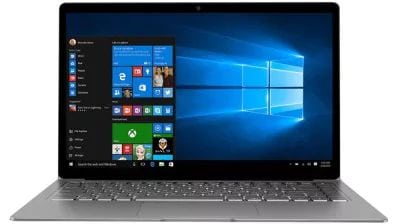
The screen is definitely a strong point of this device. The use of IPS screen, in addition to the Full HD display, works well to enhance the display quality on the Lapbook Pro, with uniform brightness and minimal bleed. It also comes with very thin bezels and the screen glass almost runs edge-to-edge. This also gives the Lapbook Air the illusion of being a touchscreen model, which to the disappointment of many, it isn’t.
The notebook sports two USB 3.0 ports, a mini-HDMI port, a microSD card reader, audio jack and a power supply port. It is fitted with two microphones, two speakers and a 2 MP front camera, offers 802.11ac Wi-Fi, Bluetooth 4.0 compatibility. There is also a free slot that can be used to add additional M.2 storage by simply plugging in the SSD.
The hardware tucked inside the Lapbook Air is pretty standard – you have the Intel Celeron processor, eMMC storage, and DDR3 memory, which have pretty much become the standard features in entry-level Windows-based laptops across the board in recent times. The Lapbook Air runs Windows 10 Home and is fitted with a 10,000mAh battery.
The LapBook Air’s Performance
The laptop runs on an Intel Celeron N3450 processor and a quad-core CPU developed on the Goldmont architecture and is fitted with 8GB of DDR3 memory and 128GB of eMMC 5.1 flash storage. As long as you are mindful of the hardware that this Lapbook Air runs on and tweak your expectations accordingly, it is not a device that will disappoint.
The laptop is a great choice for people whose usage is limited to lightweight tasks. But if you want some heavy duty action, Chuwi latest offering might leave you wanting for more. And by heavy duty, we mean something like opening one too many tabs in the Microsoft Edge browser at once. So, it is definitely not a device meant for gamers or people who use their laptops to run complex design software.
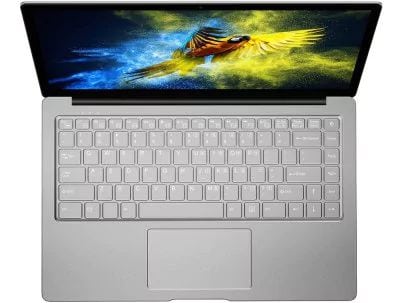
The 10,000 mAh battery on the Lapbook Air performs a lot better than expected, offering a runtime of over five-and-a-half hours. The backlit keyboard offers a good extent of travel and sharp feedback, all thanks to the slender build of this device. The keys have also been arranged to add an illusion of depth, making them seem higher than they really are. The touchpad, despite its small size, is rather responsive to both single and multi-finger commands.
The inbuilt speakers are a tad underwhelming and lack the ability to add depth or character to the sound quality. However, given the entry-level pricing of the Lapbook Air, that’s hardly a surprise.
Verdict
The Lapbook Air bears a striking resemblance to the MacBook Air both in terms of its nomenclature and design. This could have potentially gone against this notebook, but luckily for Chuwi, it does not. In fact, the Lapbook Air is a device built to make that favorable first impression. The inclusion of some advanced features such as 14.1-inch Full HD display, near bezel-less screen, and a small power supply unit work in its favor to make that impression last.
The fact that Chuwi has managed to include these features despite the entry-level pricing of this device definitely makes it a whole lot more appealing. If only the makers had paid attention to details like including a real SSD instead of inbuilt eMMC storage, the Lapbook Air had the potential of being a stellar device in its segment. The addition of dual-channel memory structure is some sort of corrective measure for undoing the limited impact of the eMMC storage, but Chuwi could have taken a much simpler route by using an SSD instead, even if it meant adding a few dollars to the final cost of the product.
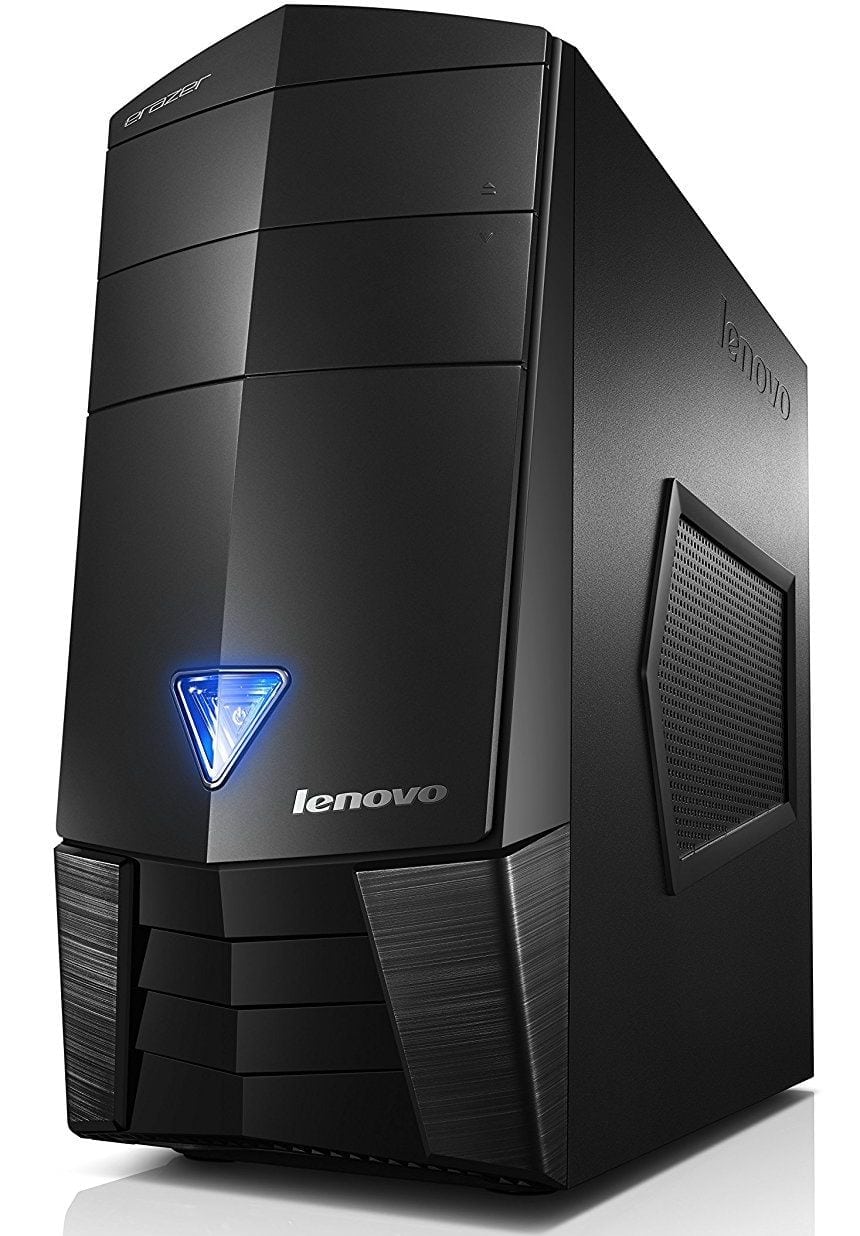
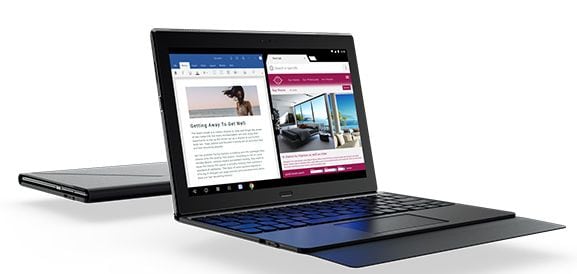
![5 Best Tablets Under 200 Dollars for 2020 [REVIEW]](https://www.androidtipster.com/wp-content/uploads/2019/06/best-tablets-under-200-Fire-HD-8-Tablet.jpg)